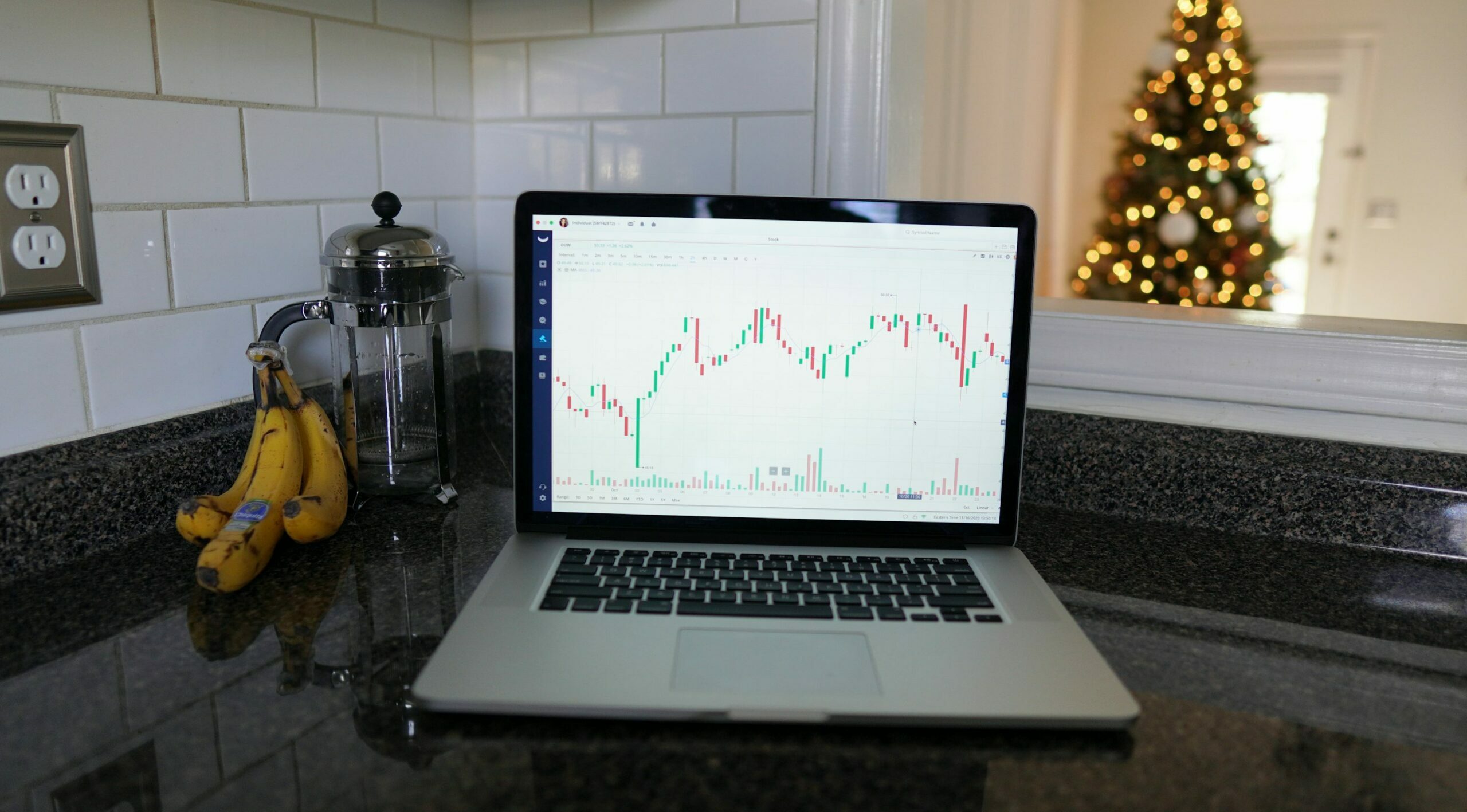
In recent years, sustainable finance has moved from being a niche idea to a mainstream investment strategy. Investors are increasingly looking beyond profits, considering environmental and social impact as part of their decision-making. Green bonds, ESG-focused portfolios, and climate-conscious funds are no longer “alternatives” but essential parts of financial planning.
At the same time, blockchain technology is quietly transforming how transparency and accountability in finance are delivered. From supply chain tracking to carbon credit verification, blockchain offers the possibility of building trust in a sector often criticized for greenwashing. Yet, as the digital finance ecosystem grows, it also faces its own hurdles — much like the well-documented Crypto Exchanges Challenges, where issues of regulation, trust, and infrastructure highlight the balance between innovation and responsibility.
Green investments have become a natural response to global climate concerns. According to recent reports, the value of sustainable assets under management is now measured in the trillions of dollars worldwide. Investors are pushing for companies to disclose their carbon footprints, adopt renewable energy, and align with global frameworks such as the UN’s Sustainable Development Goals (SDGs).
For individual investors, this shift means new opportunities: green bonds funding clean energy projects, ESG ETFs that screen companies based on sustainability metrics, and even direct investments in renewable infrastructure. What was once limited to institutional portfolios is now accessible to everyday savers.
One of the criticisms of sustainable finance is the lack of clear, verifiable data. Terms like “green” or “eco-friendly” are often used without strong evidence. Blockchain offers a way to address this gap.
For example, a renewable energy project could record its energy output directly on a blockchain, providing investors with real-time proof that their money supports genuine green initiatives.
While blockchain promises transparency, it also comes with its own energy consumption debate. Proof-of-Work models historically required massive computing power, raising questions about whether “crypto” can really be sustainable. However, with the rise of Proof-of-Stake and eco-focused blockchains, the industry is actively addressing these challenges.
The parallels with broader fintech are clear: growth brings responsibility. Just as regulators and businesses work to solve Crypto Exchanges Challenges, the sustainable finance sector must ensure that its innovations don’t undermine its environmental mission.
Sustainable finance will continue to grow as climate concerns intensify and investors demand accountability. Blockchain technology, if implemented thoughtfully, could become one of the most important tools in ensuring this growth is transparent and trustworthy.
The real test for the coming years will be integration: how traditional financial institutions, green investment funds, and blockchain innovators can collaborate to deliver impact without losing sight of responsibility.
In the end, sustainable finance isn’t just about greener portfolios. It’s about building trust in a future where money flows toward progress — and where transparency is as valuable as returns.



